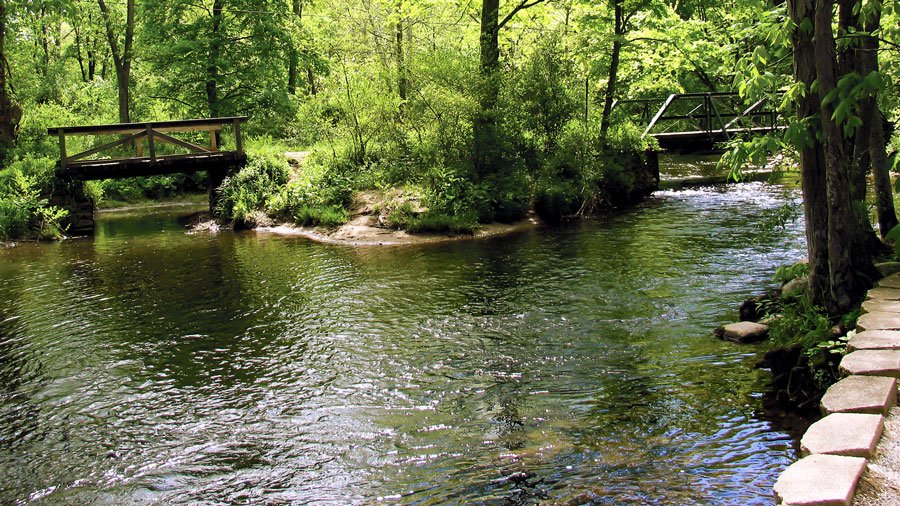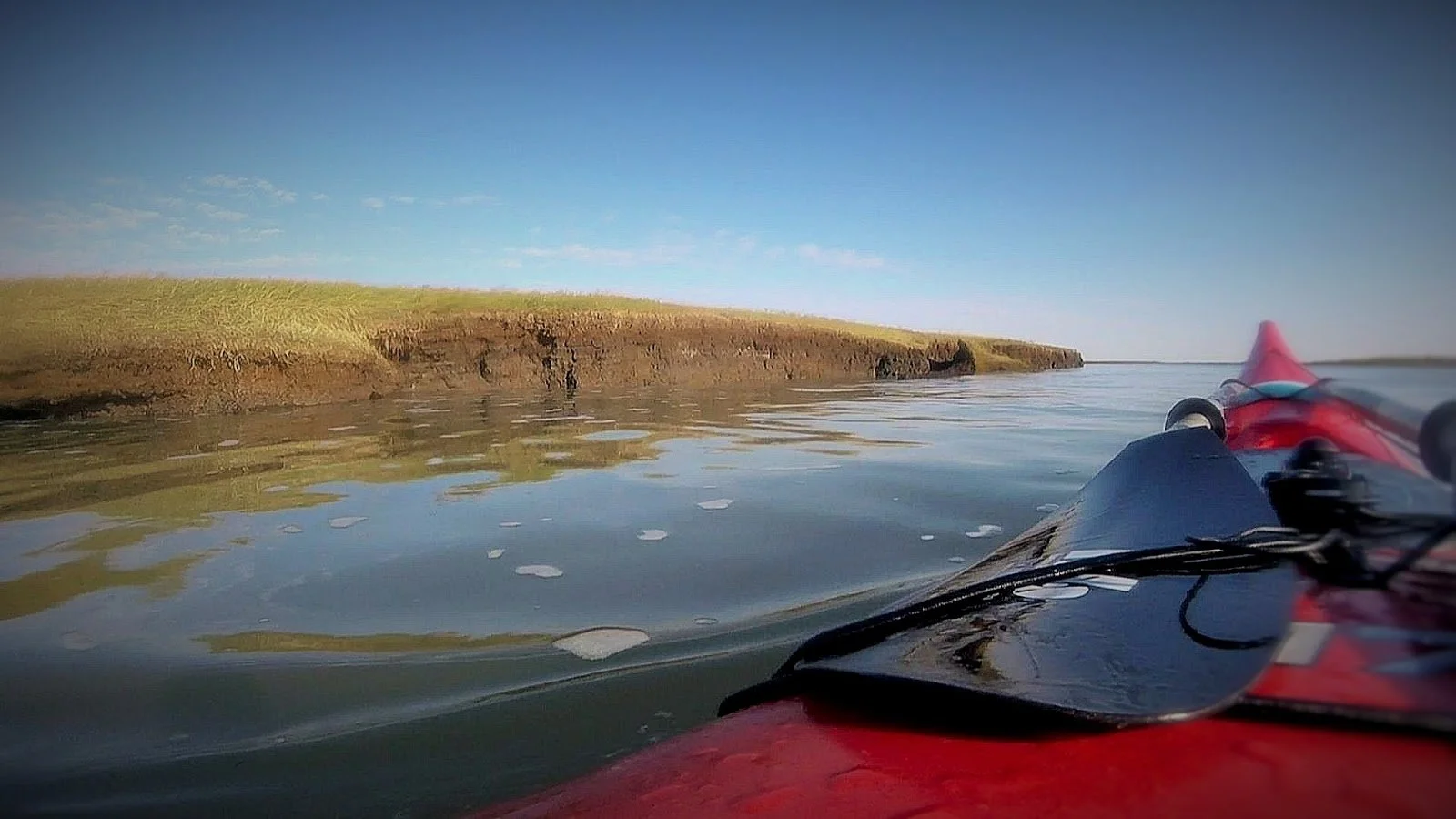Portland Japanese Garden
Cultural Crossing is nestled into forested slopes of Washington Park, a significant historic public park that contains a variety of major visitor venues, in Portland’s west hills. The 3.4 acre development includes a new entry pavilion, pond, and redeveloped entry path that ascends to a central plaza flanked by three new buildings, numerous garden spaces, terraces, and paths.
The site traverses 90 feet of grade, making Cultural Crossing an elevated, secluded setting for arts and cultural experiences perched within Washington Park’s forest.
By approaching the garden as something greater than a museum that preserves Japanese gardening traditions, the project blends together modern design ideals, environmentally sensitive development, and opportunities for visitors to learn the arts and culture of Japan.
Environmental stewardship is a unifying theme of the project, and the site’s environmental and geological complexity make Cultural Crossing a paradigm for innovative design and site development approaches. A combination of systems including green roofs, stormwater features, and native gardens tie the spaces together, minimize geotechnical risks, enhance water quality, and remind visitors of our role and responsibility in our natural environment.
Absecon State Wildlife Management Area
Absecon WMA encompasses over 3,700 acres of open salt marsh habitat between Absecon and Brigantine Island. Waterfowl, wading birds, shorebirds, raptors and other migratory species are easily detected over the marsh. This is also an excellent area for fishing and paddling in the warmer months.
The area varies during each season with different things to do and see.
Winter: Wintering species of waterfowl such as Bufflehead, Red-breasted and Hooded Merganser and Scaup weave through the labyrinth of creeks and form rafts on the bay. Bald Eagles can sometimes be spotted overhead. Gulls include great Black-backed, Herring and Ring-billed. Northern Harriers hunt the marsh by day and Short-eared Owls take their place at dusk.
Spring: Salt Marsh Sparrow, Marsh Wren, Clapper Rail and Black Duck, Red-winged Blackbird and Willet are among the springtime arrivals. Minnows begin to school in the shallows and weakfish, striped bass and perch are running in the creek. Insect repellant recommended April and beyond. Watch for muskrats crossing the creek.
Summer: Drive with caution - diamondback terrapins often choose roadside habitat for nesting as it is above the high-tide line. Common Yellowthroat and Yellow Warbler poke through the shrubs for insects and Gray Catbirds chatter noisily. Tree Swallow, Barn Swallow, Purple Martin, and Chimney Swift are abundant. Eight species of heron are possible here with multiple visits– Great Blue, Little Blue, Great Egret, Snowy Egret, Tricolored, Green and Black and Yellow-crowned Night Heron all nest in the region. Other summer birds include Osprey, Glossy Ibis, Black Skimmer, Forster’s Tern and American Oystercatcher. Summer flounder, American eel and blue crab are prizes sought by anglers. Insect repellant recommended, especially on still days.
Fall: Shorebirds such as Short-billed Dowitcher, Semipalmated Sandpipers and Plovers, Black-bellied Plover, Whimbrel and both Greater and Lesser Yellowlegs stop on their way South. Watch for Peregrine Falcon and Merlin hunting among the shorebird flocks. Striped bass and bluefish feed eagerly on the abundant baitfish.




